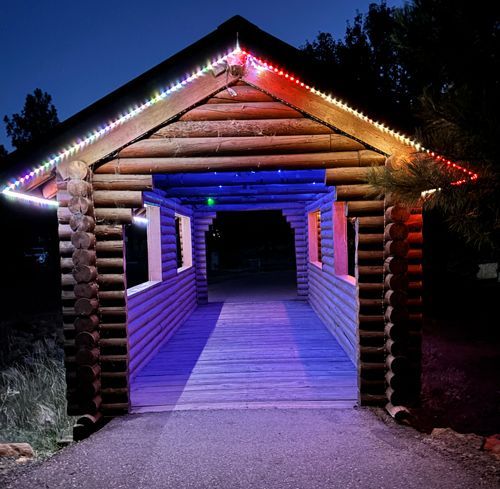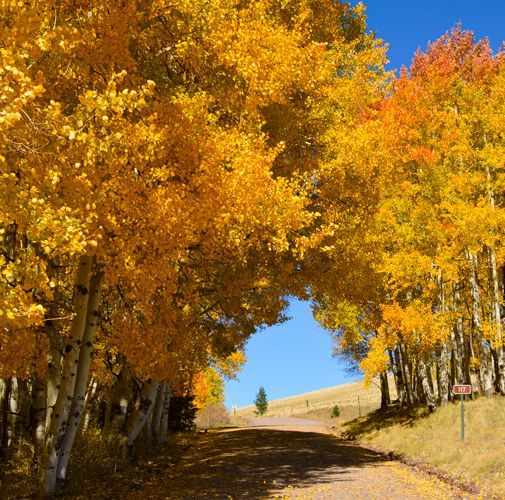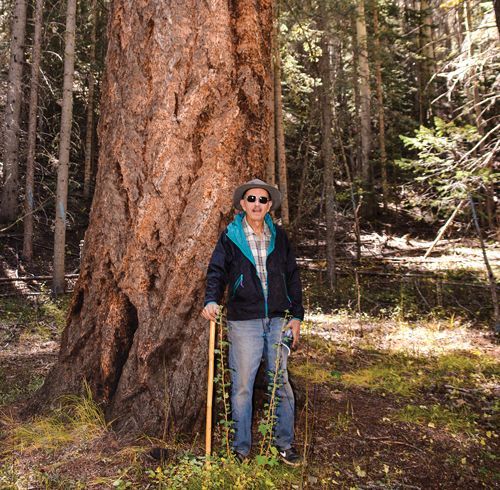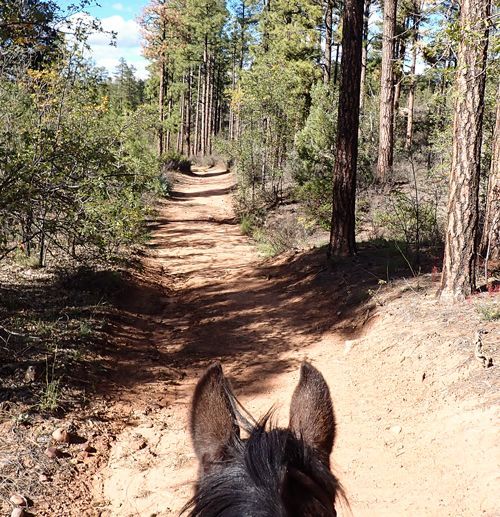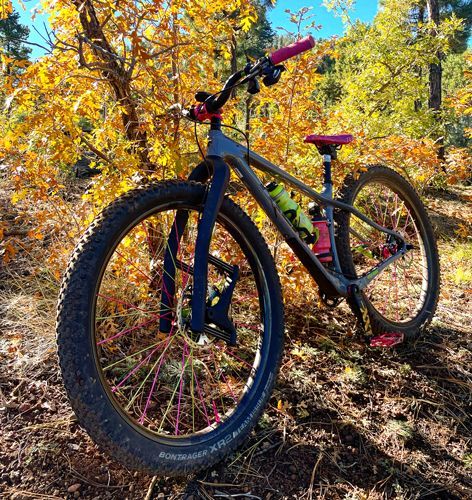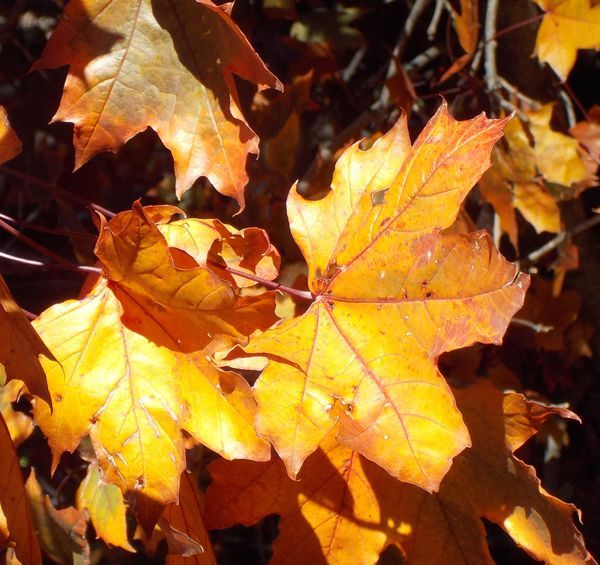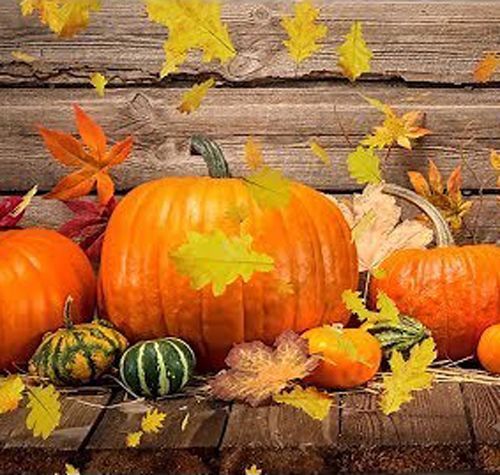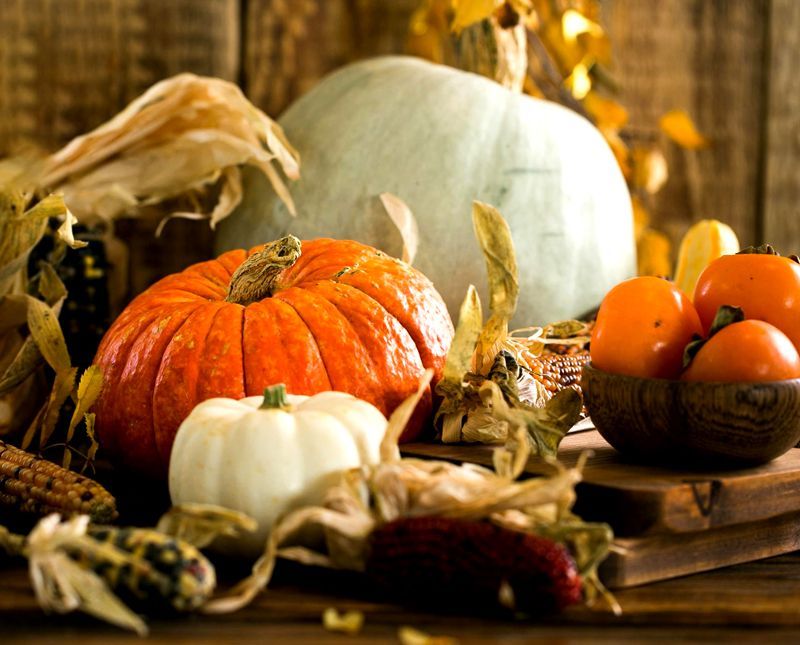It can be hard to imagine a unique piercing, high pitched call is coming from such a large animal.
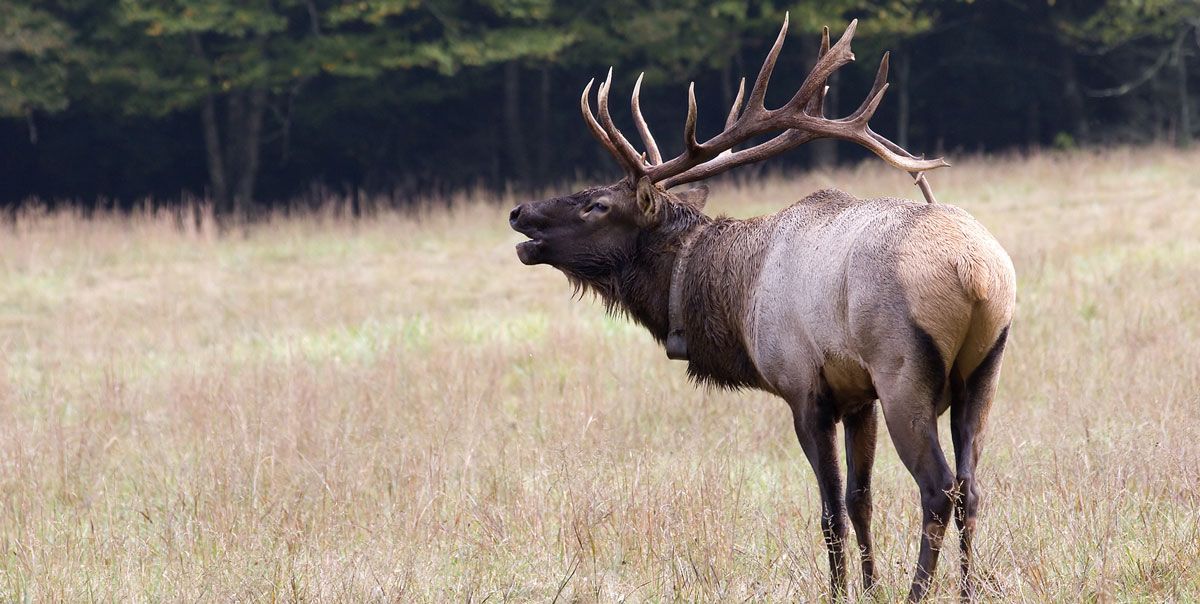
By Dan Groebner
Step outside almost anywhere in the White Mountains these nights and you might be tempted to consider calling 911 after hearing the nearby commotion in the woods, if this is your first fall in elk country. Until you actually see the majestic bull elk bugling with your own eyes, it can be hard to imagine a unique piercing, high pitched call coming from such a large animal.
If you’re lucky enough to be close when they cut loose, you’ll hear the entire repertoire of grunts, growls, glunks, bugles, barks, bleats, chuckles, chirps, mews, squeals, and whines. And you thought your teenager had a peculiar vocabulary!!! Most of these sounds are self-explanatory but to get a true appreciation for their uniqueness, search the internet to play these different elk recordings. You’ll find that the frequency range produced by a bull elk rivals that of all other wildlife.
So why would a docile ungulate have such a complex set of vocalizations? Actually, they only have a big need to talk so much in the fall, when the bulls who have been socializing together all summer now have to show off their dominance with macho music driven by hormones that are magnitudes higher than any teenager.
The elk’s secret code of bugling language relays information on how dominant a bull thinks he is, as well as his precise location thanks to the more directional high frequencies that are used in bugles. With this “social media post” another bull can decide to challenge him to a shouting contest, or a cow elk can decide if he is the bull of her dreams.
The vocal displays of dominance often are not enough to settle disputes between rival bulls vying for the same herd of available cows during the breeding season. Fencing bouts with their antlers are certainly dramatic, and sometimes end in injury or deaths, however most disputes are settled without any bloodshed.
But it’s not just the bulls vocalizing their opinions in a one-way conversation. Cows and younger yearlings can grunt, bark, bleat and mew more than the bulls as they go about their feeding activities, constantly updating each other on their state of relaxation or alertness, depending on what they are seeing, smelling and hearing.
Although you can hear these kinds of cow conversations year-round, they are certainly not as dramatic as the bull’s bugling, which strains not only their diaphragms, but also every chest and abdomen muscle needed to create the decibels to propel their calls for miles. Their volume has been reported to reach 90 decibels, which would cause hearing damage over extended periods up close. For comparison, a lawnmower or electric drill are also about 90 decibels.
Expending so much energy revealing your location to potential predators must have some advantages for the bull elk, which is mostly the access to more receptive cows and the opportunity to spread their genes amongst the herd.
Imitating elk is an effective way to get a bull’s attention during the hunting season, so it is a commonly used technique to make the elk come to you within range, rather than having to stalk a silent animal. Photographers also use a blind and some of the various types of elk calls to pull in those bulls for better photos.
As it turns out though, more elk are probably scared away from inexperienced elk callers than are attracted, so don’t think you’ll pull that trophy bull in without practicing on several different types of calls. Those lessons are beyond the scope of this article but there are plenty of tutorials and YouTube videos on that topic. Sometimes it is just better to listen.
In between bugles, or in areas where the elk might not be abundant, you’ll still be able to hear a wildlife orchestra this fall if you’re lucky.
Nature’s audible thermometer, cricket chirps, are slowing down as the leaves begin to change color, but red-spotted toads may still be trying to imitate a cricket that had too many energy drinks.
Migrant visitors from the north will temporarily entertain us with their calls as they pass through the area to their winter homes, including flocks of Canada geese and the pterodactyl sounding sandhill crane flocks. Other birds are making a racket these days, but it obviously has nothing to do with their spring breeding season. Acorn woodpeckers are noisily protecting their newly stored winter caches of acorns from hungry squirrels since they don’t migrate and can’t find much food once snow covers the ground.
Breeding great horned owls will be staking out their territories in a couple of months with relentless hooting as they are some of the earliest birds to nest in the White Mountains. They time their hatch and fledging of young to coincide with the abundance of newly born prey animals, much like the resident breeding bald eagle pairs.
Different White Mountain owls, like western screech or saw-whet owls, begin their hooting concerts later in winter but sometimes get started early. Both of these birds have distinctive calls with the screech owl’s hoots gradually increasing in tempo or pace while the saw-whet uses a more plaintive “so what?, so what?” type of call.
Although most fall performances are solo wildlife looking for attention, you could get lucky and hear some of nature’s more rare harmonic ensembles when the local Mexican wolves and coyotes get excited and sometimes howl to the point of almost getting hoarse. Any kind of sound even remotely resembling a wolf or coyote howl can elicit a jealous response from a local canine resident worried about a new neighbor moving in next door. Often one member of the pack howling is all it takes to get the whole pack going.
Some of the oddest fall wildlife vocalizations must include gray fox barks, squeals, squalls, and other chatter that rival the variety of a busy raccoon telling its littermate what it did all night. Good luck trying to figure out how many foxes and raccoons are attending that spontaneous garbage can convention fighting over the goodies. One more reason to secure your garbage until collection day, since the bears are trying to fatten up for the winter now also.
So the next time there isn’t a good game on, or they’re just playing reruns, or you just want to appreciate what we have here in the White Mountains, try getting comfortable outside in a lawn chair and warm blanket on one of our nice windless fall evenings and take in the starlit symphony of the White Mountains, free of charge, no lines and no reservations needed!

